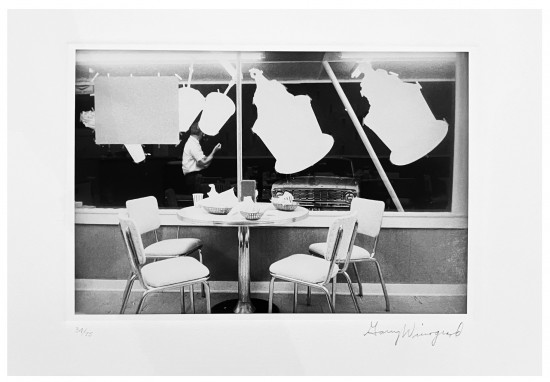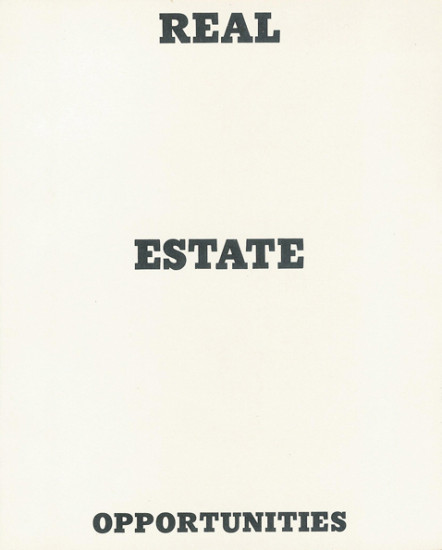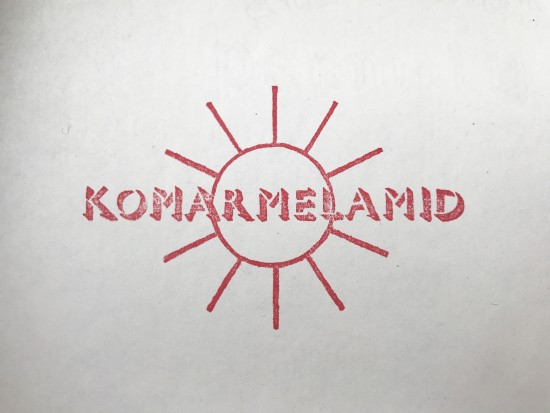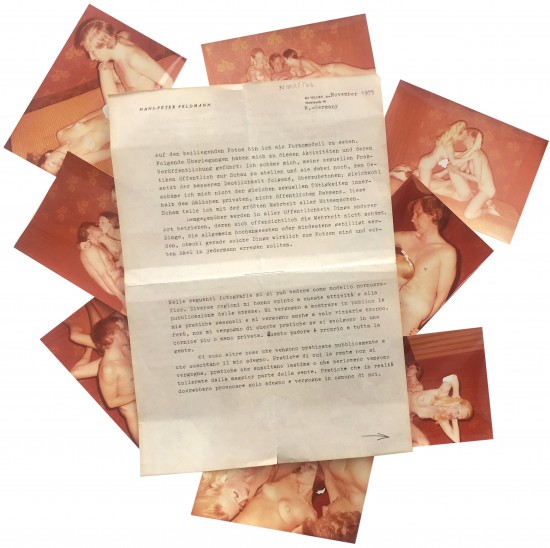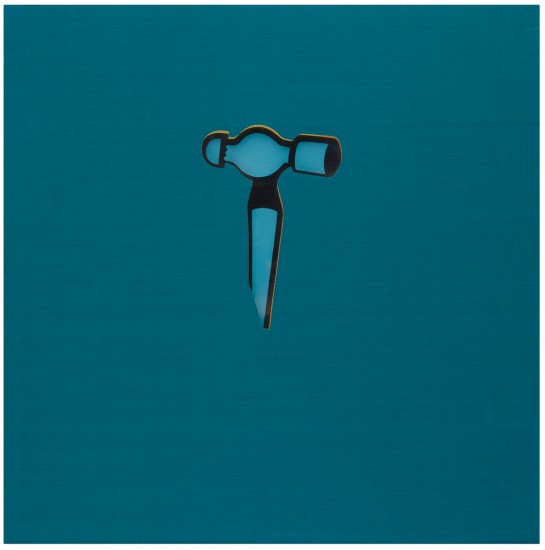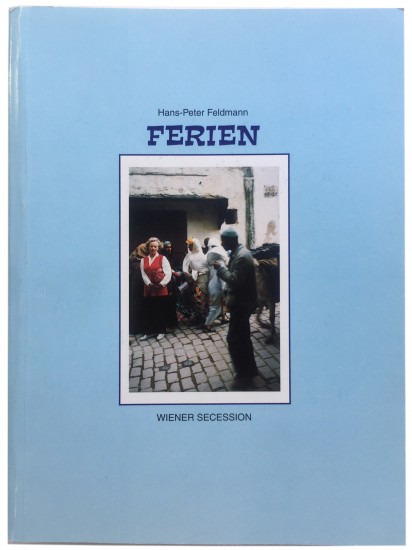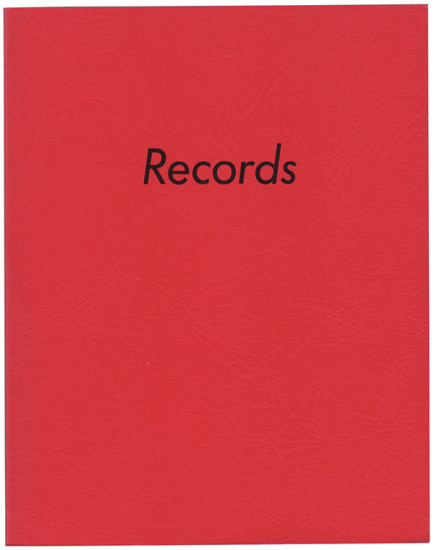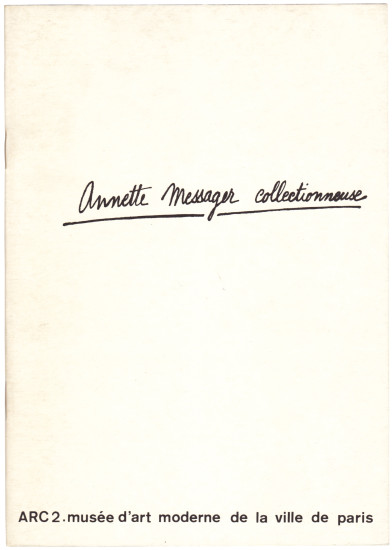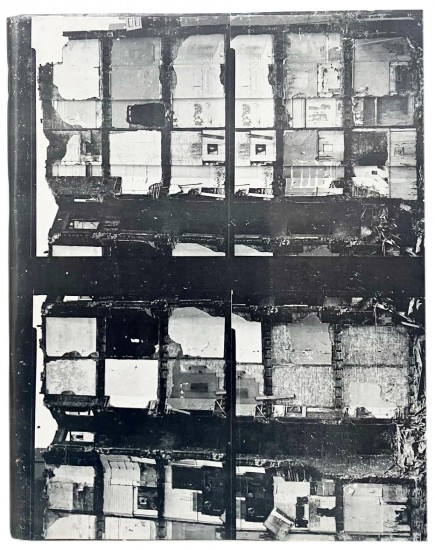Les Morts Pour Rire de Christian Boltanski
Boltanski, Christian
Dudweiler. Edition AQ. 1974
Boltanski's satirical artist book of bathetic, ineffectual suicide attempts.
From the edition limited to 170 copies, with this one of 150 with the 14 photographs reproduced in offset.
A significant part of Christian Boltanski’s work revolves around autobiography in a broader sense of the word, in which photographs, personal objects, and stagings are merged with verbal testimony in an ongoing process of deceptive self-representation. Boltanski oscillates between mutually excluding principles, desiring to preserve everything from his past and erasing it by the means of false documents and invented reconstructions. This practice reveals a fascination of the artist with the idea of mental suicide, self-denial or even martyrdom.
Boltanski's obsessive idea of preservation of his past is contradicted by his striving to erase his memories, obliterate his identity and even to commit a sort of mental suicide - he first produces a reconstruction of his future accident that will lead to his death in 'Reconstitution d'un accident qui en m'est pas encore arrive et où j'ai trouvé la mort'(Paris: Edition Givaudon, 1969), a collection of fake photographic documents of Christian Boltanski, the victim of a traffic accident. The photocopy of his identity card figures next to the emergency health card and a diagram reconstructing the scene of the accident. As in a police investigation practice, there is a photograph of the outline of the body on the street. Demonstrating the dangers of our gullibility toward photographic evidence, this work proves that the artist was fantasising over his own death.
This is particularly apparent in this book, 'Les Morts pour rire', where Boltanski stages a suicidal attempt on one photograph and ridicules it in the next - a heavy stone attached to his neck when he intends to drown himself, proves to be a Styrofoam fake when the artist, clearly amusing himself, lifts it effortlessly with one hand. A razor blade against the artist's wrist is then shown to be made of cardboard; a bottle of pills is shown to be already empty; a gun to the head is shown to be made of rubber.
From the edition limited to 170 copies, with this one of 150 with the 14 photographs reproduced in offset.
A significant part of Christian Boltanski’s work revolves around autobiography in a broader sense of the word, in which photographs, personal objects, and stagings are merged with verbal testimony in an ongoing process of deceptive self-representation. Boltanski oscillates between mutually excluding principles, desiring to preserve everything from his past and erasing it by the means of false documents and invented reconstructions. This practice reveals a fascination of the artist with the idea of mental suicide, self-denial or even martyrdom.
Boltanski's obsessive idea of preservation of his past is contradicted by his striving to erase his memories, obliterate his identity and even to commit a sort of mental suicide - he first produces a reconstruction of his future accident that will lead to his death in 'Reconstitution d'un accident qui en m'est pas encore arrive et où j'ai trouvé la mort'(Paris: Edition Givaudon, 1969), a collection of fake photographic documents of Christian Boltanski, the victim of a traffic accident. The photocopy of his identity card figures next to the emergency health card and a diagram reconstructing the scene of the accident. As in a police investigation practice, there is a photograph of the outline of the body on the street. Demonstrating the dangers of our gullibility toward photographic evidence, this work proves that the artist was fantasising over his own death.
This is particularly apparent in this book, 'Les Morts pour rire', where Boltanski stages a suicidal attempt on one photograph and ridicules it in the next - a heavy stone attached to his neck when he intends to drown himself, proves to be a Styrofoam fake when the artist, clearly amusing himself, lifts it effortlessly with one hand. A razor blade against the artist's wrist is then shown to be made of cardboard; a bottle of pills is shown to be already empty; a gun to the head is shown to be made of rubber.
8vo. (250 x 150 mm). Illustrated with 14 tipped-in original monochrome photographs printed from the original negatives; printed text in French, English and German.. Original publisher's black wrappers, pasted white label with printed titles to front cover.
#48056


